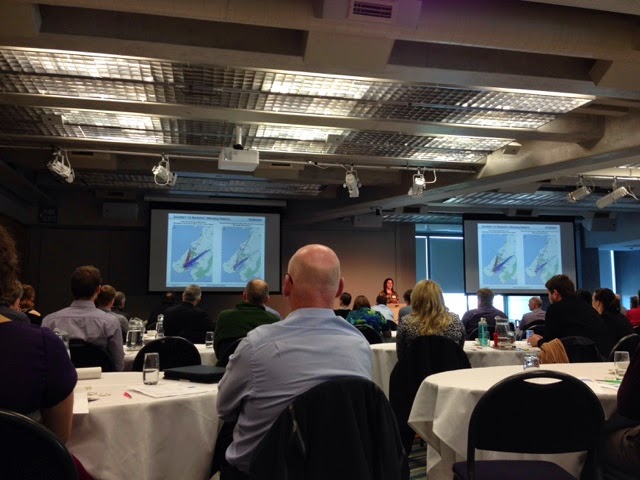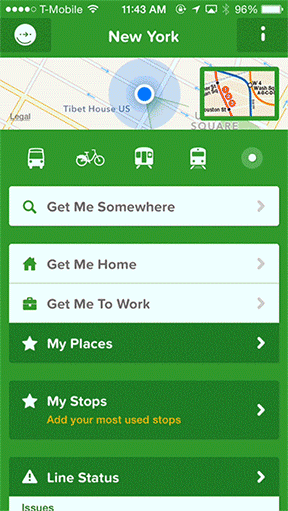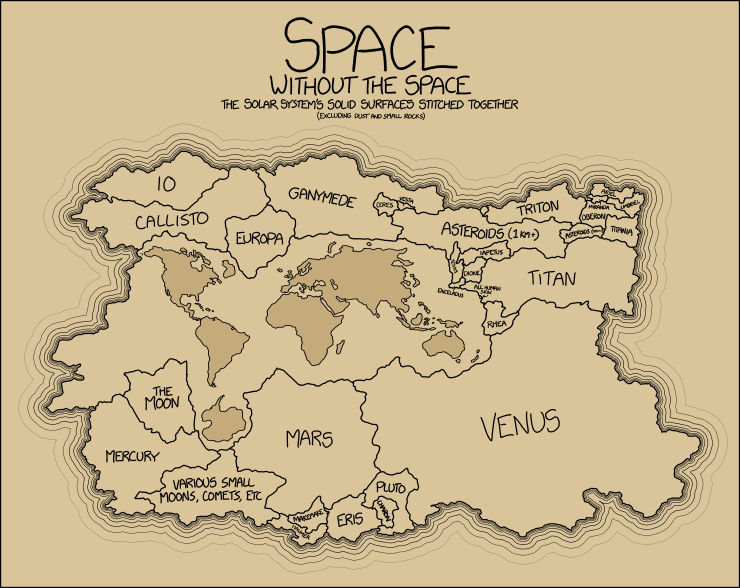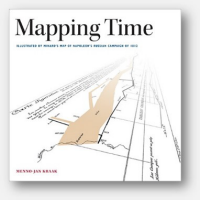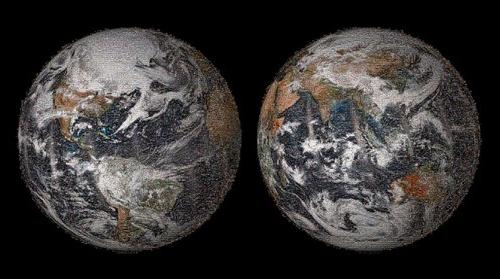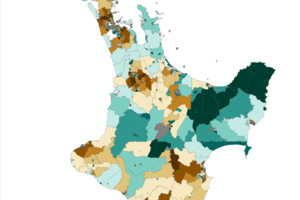I got the following email in my inbox this morning - I get a few of these each month (usually of a better quality!).
Hello ma,
Goodevening to you, my name id [potential student's name was inserted here],i very much like to pursue a phd programe in GIS ,i already have an Msc GIS ,pls what advice wpuld you give me.
Thank you.
I thought an FAQ would be useful to refer potential students towards.
When writing to a potential supervisor, especially if you don't know them, bear the following in mind.
1. Address them appropriately! For example, Dear Dr de Roiste. When you don't know the person, its best to be more formal and address them with their academic title (Dr) and surname (de Roiste).
2. Introduce yourself. A sentence is fine; i.e. My name is XXX.
3. Explain why you are contacting that person. Mention the research area that they work in that coincides with your interests or an article they've written that you've read - and make sure you've read it! Just writing how amazing their work was and how wonderful they are is unlikely to win any brownie points - think about how what they've written has interested you in applying to be supervised by them and detail this.
4. Detail what type of research you would like to do for your PhD or MSc. A paragraph with a clearly defined research area is a good starting point at this stage but a more detailed and clearly defined idea is best. A two page outline with reference to relevant literature (and the associated bibliography) and your proposed research question as well as an indication of how you intend to undertake the study is best. If you have this two pager, attach as a separate document.
5. Detail your qualifications - include relevant academic and work experience, e.g. your degree information, Masters thesis topic and relevant grades. Attach your CV with a break down of your courses and grades.
6. Ask for feedback on the topic. Your potential supervisor might want to have an input before you apply to see how well you might work together or to suggest a direction more in keeping with their research interests. Although a number of univerisities discourage staff from doing this before the student starts - so don't take it to heart if they do not provide you with detailed feedback.
7. Do not ask about how to apply - you can easily get this information from the university website.
8. Equally, don't ask how much fees are and if they can waive them for you! Scholarship information is also usually available on the university website. If you are interested in a particular scholarship, in the first instance contact the international office and in the second, feel free to ask your potential supervisor as they may be able to add extra information.
For example, at Victoria University of Wellington: visit
http://www.victoria.ac.nz/international/ for information on how to apply, fees for international students, information on scholarships and what's it like to live in Wellington.
9. Proof read your email! Ideally, you should treat your email like a formal letter. Make sure you do not have any grammar or spelling mistakes. A poorly worded email, like the one above, is far less likely to result in a PhD at the university you are interested in and creates a very poor impression. Do not use text speak.
10. If you haven't heard back in two weeks, email them again. Your potential supervisor may have been particularly busy the day your email arrived and it slipped their notice. If you haven't heard back from them after two emails - most likely they are not the supervisor for you! Remember you'll have to work with them so making sure they are interested and engaged with your topic and are interested in taking you on as a student is fundamental!
11. Good luck! Finding the right supervisor is an important step. If successful, that person will guide you in the development of your research and a good working relationship is vital. If you have a supervisor with a direct interest in your area, they will be more able to provide helpful feedback on your project and your progress. They will already be familiar with the literature and be better able to guide you in your reading and finding a unique research topic.
A PhD or MSc research thesis can be a rewarding and really engaging experience. Getting the building blocks right is a sensible step.




